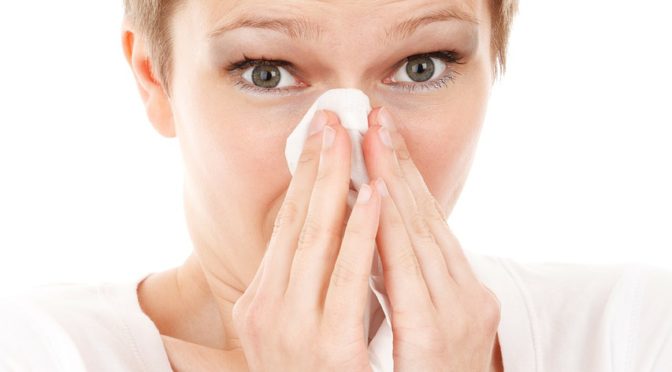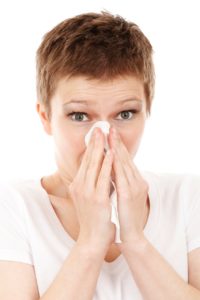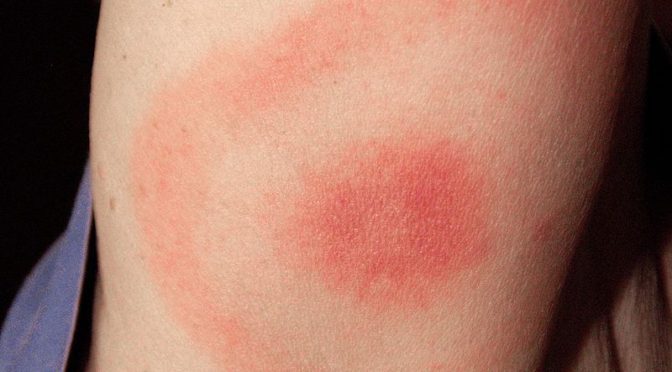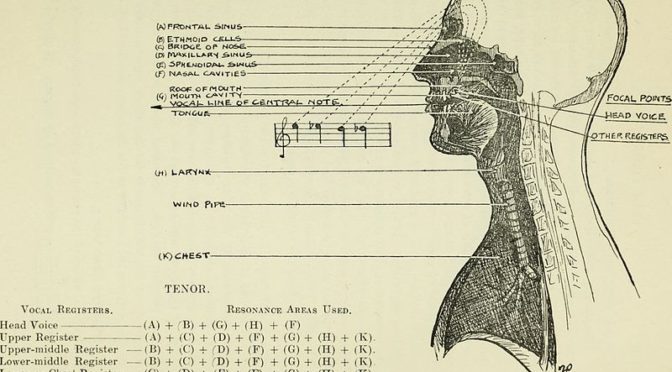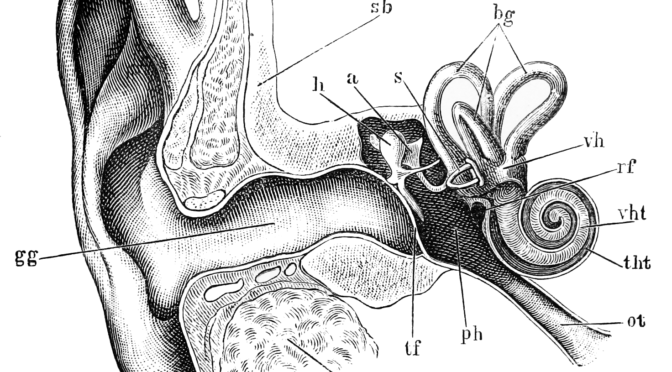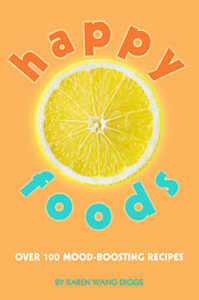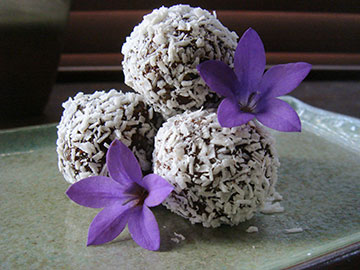Did you know that an unexpected trip to the hospital could cost you and your family more than $2,000 a day? The hefty price tag does not even include prescription drugs or medical procedures, which easily can add up to tens of thousands of dollars. Medical bills are the leading cause of all bankruptcies in the US. Health insurance can protect you from an unexpected financial hit due to accident or illness.
Not only that, as of 2014, you are required to have health insurance or pay a tax penalty. The period to shop for and switch coverage for next year, November 1-January 31, 2017, has just begun. Even if you already have coverage, you might want to re-evaluate your current plan.
Reasons to re-evaluate your current plan:
• It costs too much.
• It does not provide the coverage I (or my family) need.
• Your current health insurance company does not pay medical bills quickly and efficiently.
• Your current health insurance company does not provide good customer support.
• You do not have dental or vision coverage.
Plans fall into four categories, from lowest cost/least coverage to highest cost/most coverage they are: bronze, silver, gold, and platinum. Coverage also varies based on category, provider, and geographic area. If you feel confused when it comes to comparing plans, you are not alone. That’s one of the reasons the Working American Health Care (www.workingamericahealthcare.org) was launched.
AFM members and their families are eligible to shop for a plan through Working America Health Care. In partnership with Working America and Union Plus, AFL-CIO affiliate Working America Health Care connects union members to quality health insurance. The plans available through the marketplace include important consumer protections that meet or exceed coverage requirements to avoid the tax penalty. Unbiased, licensed professionals at Working America Health Care can help you:
• Figure out if you qualify for financial help in paying for a plan.
• Identify plans available to you in your geographic area.
• Evaluate plans to find the best fit (cost versus coverage) for you and your family.
Once signed up with a plan, you can access additional vision and dental discount programs. (Call 1-877-570-4845 or visit: workingamericahealthcare.org/why-working-america/dental-and-vision-coverage).
In addition, Working America Health Care Advocates (available 24/7) can help you coordinate medical care, locate the right providers, explain conditions and treatment, resolve claims, and answer coverage questions. Best of all, these advocates will help you understand your coverage and protect you from being wrongly charged or over-charged.



